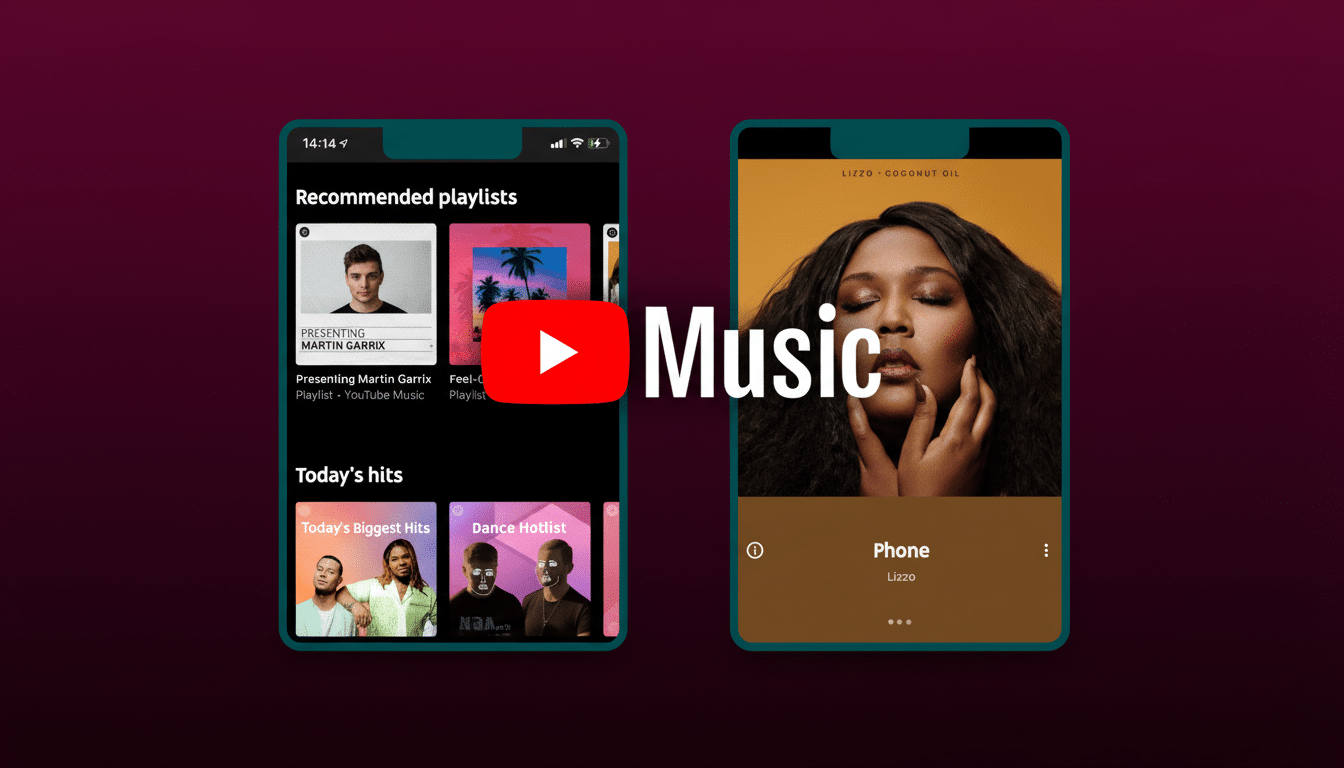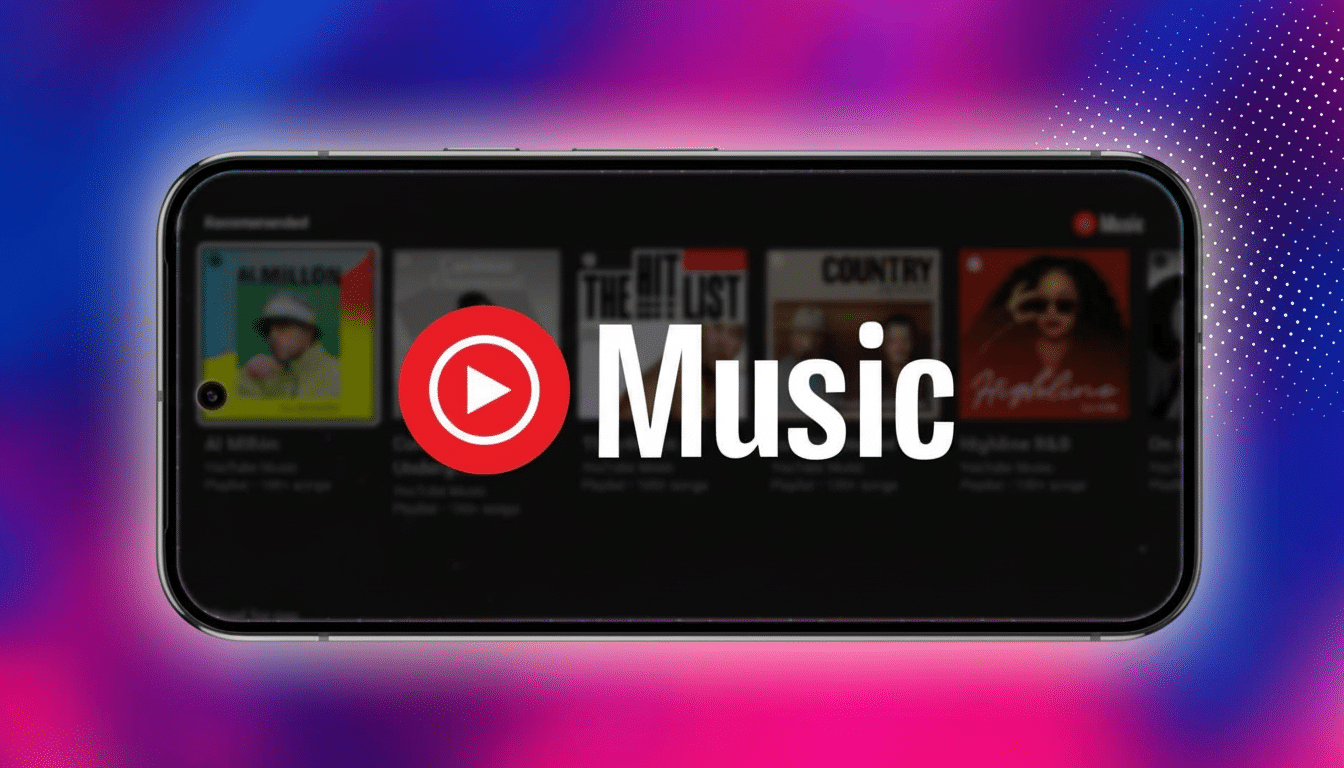YouTube Music is overdue for a real Gemini once-over.
The components are all in place — a fast-growing streaming service, a powerful multimodal assistant, and a user base clamoring for smarter personalization — but the experience today feels more like stitching together than sewing it up. Natively baked-in, deeper-level integration could easily turn discovery, control, and data transparency around immediately.
- Where the Current Setup Could Do Much Better
- What to Expect From a Truly Good Integration
- The Data Insights YouTube Music Users Want
- Competitive Pressure on YouTube Music Is Mounting
- Privacy and Product Realities for Integration
- Why This Level of Integration Matters for Artists
- The Bottom Line on YouTube Music and Gemini

This isn’t a moonshot. It’s table stakes in a market where rivals are already shipping an array of AI-driven features that help users listen longer and swap apps less.
Where the Current Setup Could Do Much Better
Currently, Gemini is able to steer YouTube Music, but it can’t exactly hit the gas. The app for DJ-cued songs, Gemini, doesn’t have a prompt box or button to request your next song or playlist in YouTube Music. The assistant can also fail to surface personal libraries, adjust playlists, or accomplish ordinary tasks like “liking” a track.
Compare that with how quickly Gemini can plan a trip or compress a video. The disconnect isn’t technological ability — it’s product wiring. Google has already shown deep, product-specific integrations with things like Ask Photos. YouTube Music is worthy of similar attention.
What to Expect From a Truly Good Integration
First, make Gemini native. A quick field or mic icon next to Search in YouTube Music would allow people to build what they want without having to context switch. “Play 90s rock in the style of Red Hot Chili Peppers and Papa Roach,” “Queue up my top 20 most-played EDM songs,” or “Make me a cardio playlist with BPM in the 150 range” should be one-step operations that result in editable, savable playlists.
Second, unlock true library control. Users might be able to like songs, drag tracks between playlists, and merge duplicates or rename mixes using natural language. Radio Builder is a nice beginning, but the conversational layer would help this sound personal instead of procedural.
Third, let Gemini give the home feed a new frame. Request a page that prioritizes top artists, new releases from followed channels, or mood-based rows for commuting and studying. At present, the homepage can feel a bit cluttered; an instructed, user-defined layout would lower the resistance and increase listening time.
The Data Insights YouTube Music Users Want
Recap, a feature in YouTube Music, is similar but unfortunately it’s episodic. Gemini could make listening stats part of the daily course. Consider asking, “What songs did I listen to the most this month?” “Who were my artists of the past quarter?” or “How many hours did I listen this week, and which genre was highest?”
IFPI’s Engaging with Music report notes that, around the world, people spend an average of 20 hours a week with music. If YouTube Music displayed that kind of usage information on demand — with trends and gentle nudges (“You’re rediscovering 2010s indie this week”) — it would provide the context to keep users attached to the app, not just the songs.

Competitive Pressure on YouTube Music Is Mounting
Spotify has embraced AI with its DJ and prompt-based playlist tools, which it says have driven strong engagement in supported markets. Apple Music is deeply integrated with Siri and creates solid mood and activity playlists with hardly any work on your end. Amazon’s Alexa has provided hands-free control of Amazon Music between devices for some time.
YouTube Music has momentum — YouTube said it had 100 million combined subscribers for both Music and Premium — and it punches above its weight in youth culture through video-native discovery. But the market remains concentrated. Global subscriber share is about 30% Spotify, approximately 9–10% for YouTube Music, according to MIDiA Research. “Cutting-edge” Gemini integration would shrink that gap by accelerating discovery and making retention stickier.
Privacy and Product Realities for Integration
A more profound integration needs to be transparent and consent-first. Users will be able to select whether Gemini can access their library, likes, and history. Offline processing with Gemini Nano where appropriate could reduce surfaced data. Transparent data retention, export, and deletion controls — in line with Google’s AI Principles and regional requirements such as GDPR — would engender trust.
There are also engineering hurdles. Gemini requires a set of trusted hooks to the YouTube Music library, identity, and the playback stack for investment protection as well as parity with legacy Assistant controls available on phones, speakers, televisions, and car dashboards. But the payoff is worth the lift.
Why This Level of Integration Matters for Artists
Smarter AI doesn’t only benefit listeners; it can also expand discovery. Prompt-based playlists that call on mood, era, and sonics can shine a light on long-tail artists who fit a vibe even if they aren’t already famous. Label and artist dashboards might employ Gemini to create campaign insights such as “Which editorial playlists correlate with my spikes?” or “What kind of fan segments do we have who respond to acoustic?”
With streaming income continuing to rise worldwide, as IFPI indicates, the next fight is not about the size of a catalog but delivery. Precise recommendations and transparent analytics are beneficial for both sides of the marketplace.
The Bottom Line on YouTube Music and Gemini
For YouTube Music, Gemini seems like a born booster engine — instead it’s largely still a sidecar.
Build Gemini throughout the app, give it library-level access to fine-grained details, turn stats into everyday answers, and let people sculpt their home feed. And if you do that, YouTube Music is no longer just a player. It’s a private music editor that gets what you’re trying to do, in real time.
The technology is ready. The audience is ready. Now we have to take on the integration.

